
Global battery investments see first decline since 2020
It was largely driven by the slump in battery infrastructure investments in mainland China.
Global investments in battery technology are falling this year for the first time since 2020 due to reduced battery infrastructure investments in China, according to a research from Rystad Energy.
China, a major player in lithium-ion battery (LIB) technology, has seen its growth slow despite previous surges of over 40% in 2021 and 2022. The county’s focus is now shifting towards Europe and the US, where major battery manufacturers are transitioning from planning to production stages, though progress remains limited.
In Europe, a drop in electric vehicle (EV) market demand is causing concern about project delays and cancellations in EV infrastructure. This is affecting financial stability across the EV sector, with high energy costs and regulatory hurdles also playing a role.
In contrast, the US is experiencing a rise in lithium demand due to supply chain security concerns. Both Europe and the US are working to strengthen their energy security and reduce reliance on Chinese resources. However, they continue to struggle with developing their industrial infrastructure.
“China's dominance in battery investment and lithium trade seems unshakeable for the foreseeable future, given their control over key resources,” said Duo Fu, vice president of Battery Market Research, Rystad Energy.
“However, building a battery factory from scratch takes years and navigating local regulations adds even more time. This means the market two years from now remains unpredictable. Collaboration across the entire supply chain is crucial for the industry's health,” he noted.
China’s domestic battery industry is consolidating to improve product quality and technological advancements. The recent slowdown has led some companies to exit the market, highlighting the need for robust technical support beyond mere capacity expansion.
Battery technology is advancing with innovations aimed at cost reduction and improved efficiency. Companies are focusing on new materials and battery designs, including larger-sized 4680-cylinder batteries and solid-state batteries, which could significantly impact future markets.
Chinese LIB company stocks peaked in early 2022 but have since declined. Projections for 2024 show a wide range of potential earnings for Chinese battery companies, indicating a stabilisation phase as the sector matures.
Meanwhile, alternative battery technologies, like lithium iron phosphate (LFP) batteries, are gaining traction. Tesla and other manufacturers are ramping up LFP production, and South Korean companies are also expanding their LFP cell capacity.

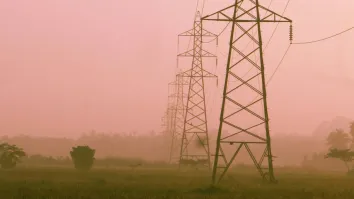
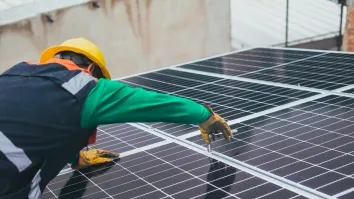





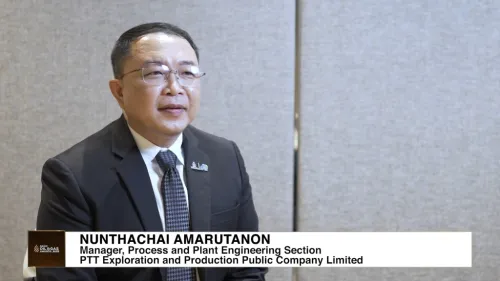





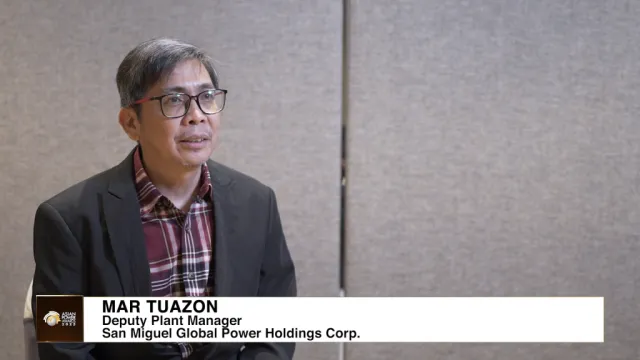
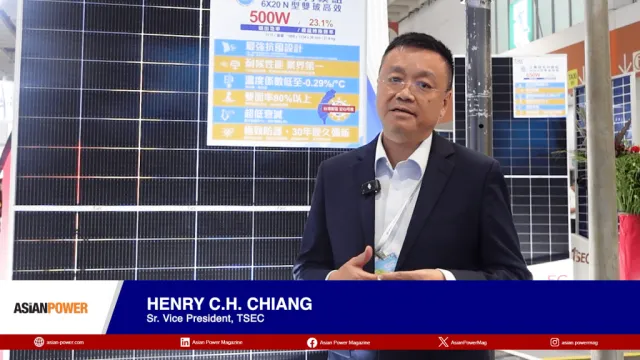

 Advertise
Advertise








